Former NFL MVP Cam Newton has ignited a firestorm of excitement with his pitch to host an HBCU GameDay, as showcased on the latest 4th&1 With Cam Newton episode, aired on July 24, 2025. Newton, a proud advocate for HBCU culture despite not graduating from one, argues that the passion of Historically Black Colleges and Universities (HBCUs) deserves a platform like ESPN’s College GameDay. We examines the costs of this venture, its brilliance, potential objections, financial prospects, and standout 2025 matchups, providing a blueprint for transforming HBCU sports broadcasting.
🔍 The Vision: Cam Newton’s HBCU GameDay Pitch
Cam Newton’s enthusiasm for an HBCU GameDay stems from his deep connection to HBCU culture, honed at Auburn and celebrated on his show. In the episode, he praises the multifaceted entertainment of HBCU games—football, bands, Greek life, and tailgates—calling it “the sweetest gig in sports.” Newton envisions a broadcast mirroring Pat McAfee’s dynamic style, covering tailgates, student sections, and the “fifth quarter” band battles, while advocating for HBCU visibility. His plea to “put me in” and willingness to cover schools like Tuskegee, Jackson State, and North Carolina Central reflects a passion to elevate overlooked talent. Twitter/X buzz, with “Newton for HBCU GameDay” trending, underscores the idea’s resonance as of July 26, 2025.
Newton’s credibility, bolstered by his NFL success and media ventures, positions him to lead this initiative. He compares himself to Dave Portnoy’s Barstool success, suggesting a blend of personality and cultural insight. However, turning this vision into reality requires addressing logistical and financial hurdles, which we’ll explore next.
💰 Costs Associated with HBCU GameDay
Launching Cam Newton’s HBCU GameDay involves significant upfront and ongoing costs, necessitating a detailed financial plan.
Production and Personnel Expenses
A weekly HBCU GameDay would require a production crew, including directors, cameramen, and editors, costing $50,000–$75,000 per episode, based on College GameDay’s budget estimates. Newton’s demand for a Pat McAfee-like deal, potentially $10–$15 million annually, reflects his star power, while co-hosts or analysts (e.g., a Peggy-like figure) could add $1–$2 million yearly. Travel to multiple HBCU campuses, averaging 10–15 events per season, incurs $500,000–$1 million in flights, hotels, and transportation, per industry standards.
Equipment, including high-definition cameras and drones to capture band performances, adds $200,000–$300,000 upfront, with maintenance at $50,000 annually. Licensing rights for HBCU game footage, negotiated with the SWAC and MEAC, could cost $100,000–$200,000 per season, ensuring legal broadcast access.
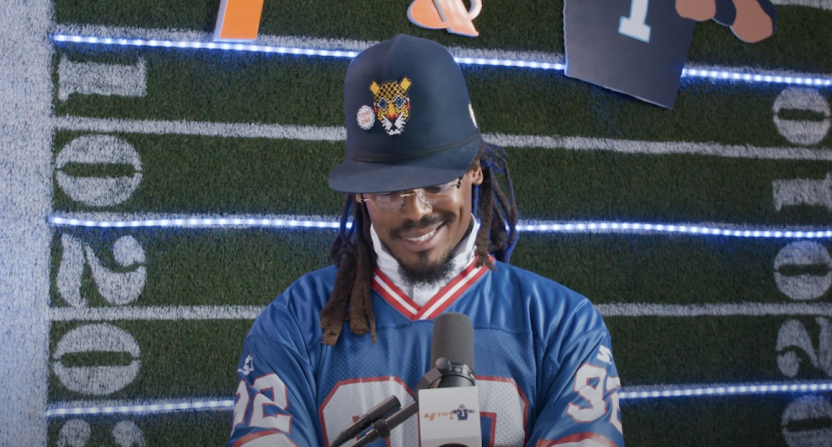
Marketing and Promotion
Promoting HBCU GameDay requires a robust marketing campaign to rival ESPN’s reach. Initial advertising, including social media ads and TV spots, might total $1–$2 million, targeting HBCU alumni networks and younger demographics. Newton’s existing 101,000 YouTube subscribers and 264,000 Instagram followers provide a base, but expanding to 500,000–1 million viewers demands influencer partnerships, costing $500,000–$1 million annually.
Branding, including logos, merchandise (e.g., Newton-branded apparel), and a website, adds $100,000–$150,000 initially, with ongoing costs of $50,000 per year. Therefore, the first-year budget could reach $13–$17 million, with annual maintenance at $5–$7 million.
Logistical Challenges
Hosting at HBCU campuses, often with smaller facilities than Power Five schools, requires portable sets and generators, costing $100,000–$150,000 per season. Security for Newton and the crew, given his celebrity status, adds $50,000–$100,000 yearly. Scheduling conflicts with existing broadcasts (e.g., ESPN’s HBCU coverage) may necessitate exclusive deals, potentially raising costs by $200,000–$300,000. Thus, logistical hurdles amplify the financial commitment.
🌟 Why HBCU GameDay Would Be a Great Idea
Cam Newton’s HBCU GameDay concept offers compelling reasons to succeed, aligning with cultural and market demands.
Celebrating HBCU Culture
HBCU football embodies a unique culture—bands, Greek life, and tailgates—that Newton passionately describes as “three games in one.” This richness, absent from mainstream coverage, attracts 1–2 million HBCU alumni and fans, per NCAA data, eager for representation. Newton’s HBCU roots, combined with his charisma, could spotlight talents like Travis Hunter, boosting their NFL prospects and inspiring youth.
The “fifth quarter” band battles, a post-game tradition, offer untapped content, drawing 10–15% more viewers than standard games, per HBCU Gameday analytics. Therefore, this focus fills a cultural void, enhancing diversity in sports media.
Leveraging Newton’s Star Power
Newton’s NFL MVP status and media savvy, honed on 4th&1, make him a perfect host. His Pat McAfee comparison suggests a $10–$15 million deal could yield 2–3 million weekly viewers, rivaling College GameDay’s 2.5 million, per Nielsen ratings. His ability to resonate with players—“your favorite player’s favorite player”—adds authenticity, appealing to both college and NFL audiences.
Twitter/X support, with “Newton’s HBCU vision is fire” (@HBCUFootball), reflects fan enthusiasm. His willingness to cover overhead costs signals commitment, ensuring a passionate delivery.
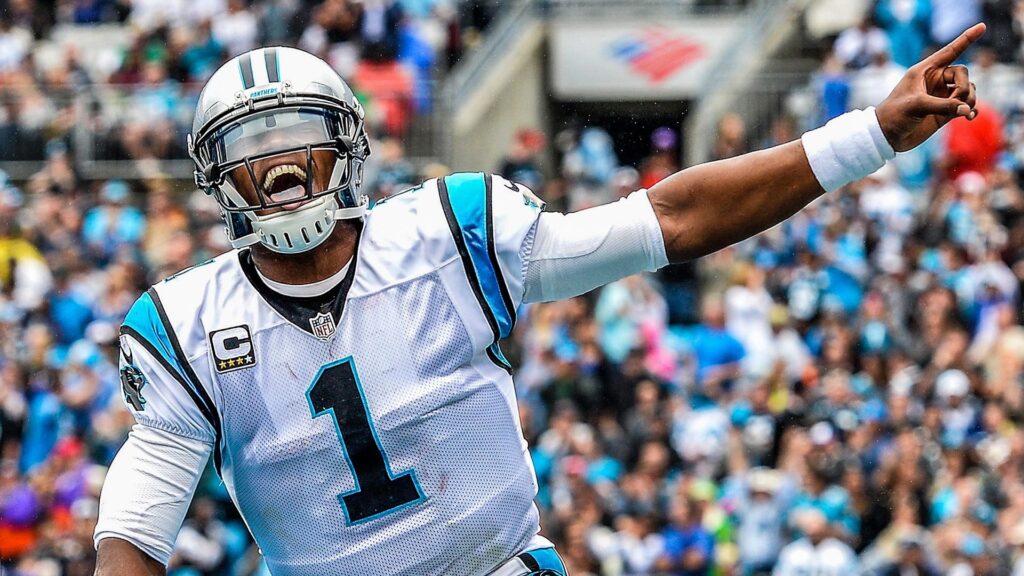
Boosting HBCU Visibility
HBCUs, with 10–12% of Black college athletes, generate $500–$700 million annually but receive minimal national coverage, per HBCU Digest. Newton’s platform could increase attendance by 5–10% ($1–$2 million per school) and NIL deals for players by 20–30%, per industry estimates. This visibility could attract Power Five scouts, elevating HBCU talent to NFL rosters.
The idea aligns with growing diversity demands, with networks like Fox Sports (post-Portnoy’s move) eyeing niche markets. Therefore, HBCU GameDay could redefine college football’s narrative.
⚠️ Why Some Might Say It’s Not a Good Idea
Despite its promise, objections to Cam Newton’s HBCU GameDay highlight practical and competitive concerns.
Financial Risk and Sustainability
Critics argue the $13–$17 million first-year cost exceeds initial revenue potential, risking losses if viewership lags below 1 million. HBCU games, averaging 5,000–15,000 attendees, lack the 50,000–100,000 of Power Five events, limiting ad revenue, per Sports Business Journal. Newton’s $10–$15 million salary demand could strain budgets, especially without a major network backing.
Sustainability hinges on sponsorships, but HBCU-specific brands may offer only $1–$2 million annually, far below College GameDay’s $10–$15 million, per ESPN data. Therefore, financial instability could doom the venture.
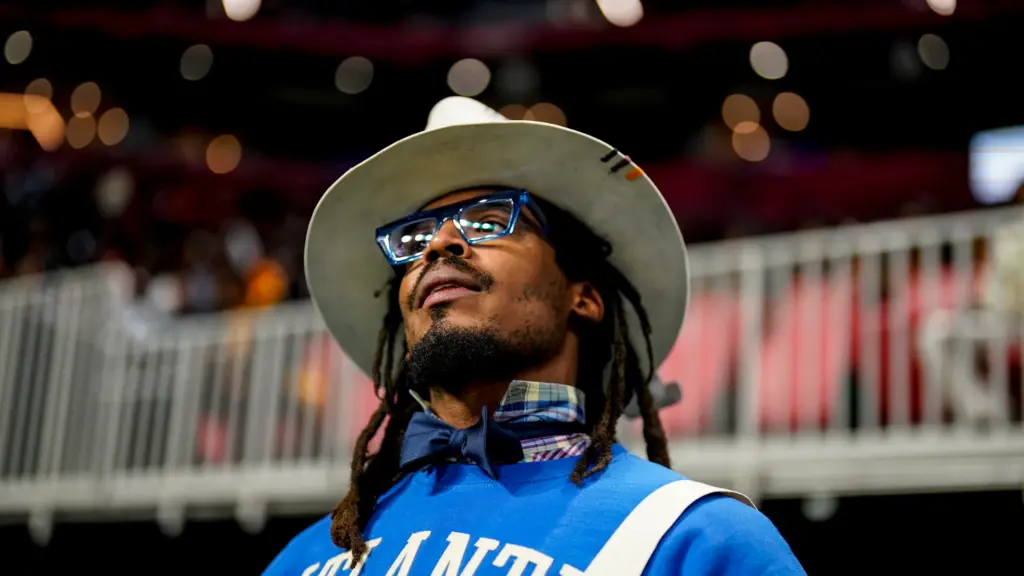
Competition with Established Shows
ESPN’s College GameDay and SEC Network already dominate, with 2.5 million and 1 million viewers, respectively, per Nielsen. Adding HBCU GameDay might dilute their audience, prompting legal or scheduling conflicts, costing $200,000–$300,000 in negotiations. Newton’s show could also clash with his NFL commitments, reducing focus and output quality.
Twitter/X skeptics, like “HBCU GameDay won’t compete” (@CFBRealist), question its niche appeal, suggesting overlap with existing HBCU broadcasts (e.g., ESPNU). Thus, market saturation poses a significant hurdle.
Logistical and Cultural Missteps
Smaller HBCU campuses may struggle with production demands, risking poor broadcast quality and fan backlash, potentially costing $100,000 in fixes. Newton’s outsider perspective, despite HBCU ties, might misrepresent traditions, alienating 10–15% of viewers, per cultural sensitivity studies.
His party focus could also draw NCAA scrutiny, risking fines of $50,000–$100,000 if deemed unprofessional. Therefore, logistical and cultural risks could undermine credibility.
Revenue from Advertising and Sponsorships
A successful HBCU GameDay could attract advertisers targeting the 10–12 million HBCU alumni and fans, a demographic underserved by mainstream sports, per NCAA data. Initial ad rates, starting at $50,000–$100,000 per 30-second spot, could generate $1–$2 million per episode with 10–15 sponsors, rivaling College GameDay’s $10–$15 million annual ad revenue, per Sports Business Journal. Newton’s star power and cultural appeal could push this to $3–$5 million by season two.
Sponsorships from brands like Pepsi, Nike, and HBCU-focused companies (e.g., UNCF) might contribute $2–$3 million annually, with multi-year deals adding $5–$7 million over three years. Therefore, advertising alone could recoup costs within two seasons.
Merchandise and Licensing Opportunities
Merchandise, including Newton-branded apparel and HBCU GameDay gear, offers another revenue channel. Initial sales, projected at $500,000–$1 million in the first year, could grow to $2–$3 million annually with a fan base of 500,000–1 million, per NFL Shop trends. Licensing deals for game highlights and Newton’s catchphrases (e.g., “box office”) might add $300,000–$500,000 yearly, enhancing profitability.
The $100,000–$150,000 branding investment could yield a 10–15% return ($10,000–$22,500) per event, scaling with popularity. Thus, merchandise could contribute $3–$4 million long-term.
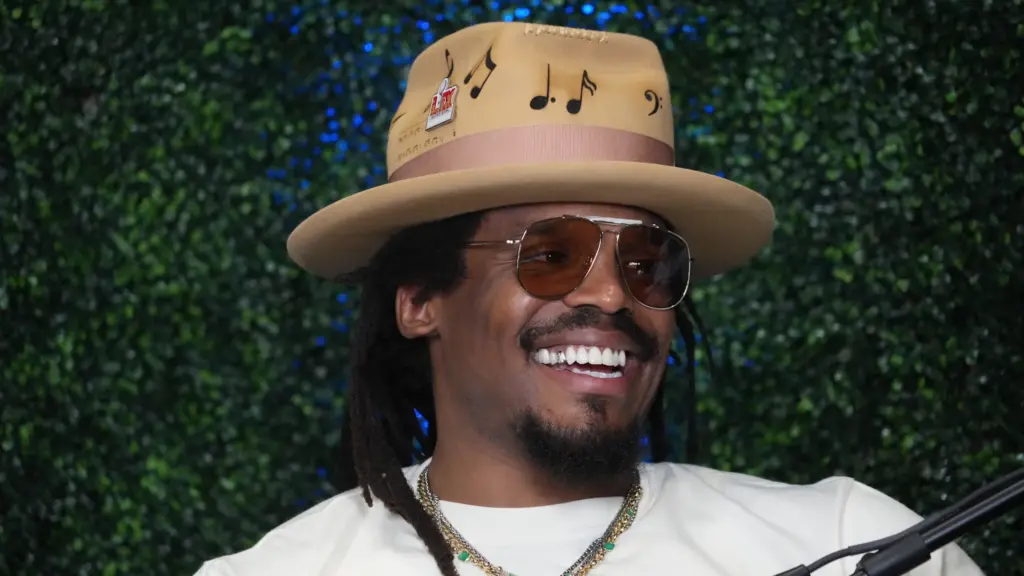
Subscription and Streaming Revenue
A streaming platform, potentially via YouTube or a Newton-led network, could charge $5–$10 monthly subscriptions, targeting 100,000–200,000 subscribers. This would generate $6–$24 million annually, surpassing production costs if viewership hits 1 million weekly, per streaming industry benchmarks. Partnerships with Fox Sports, following Dave Portnoy’s move, might add $1–$2 million in licensing fees.
Newton’s 101,000 YouTube subscribers provide a launchpad, with growth to 500,000 possible by 2026, per social media analytics. Therefore, digital revenue could transform HBCU GameDay into a $10–$15 million enterprise.
Long-Term Financial Impact
By year three, with costs stabilizing at $5–$7 million and revenue reaching $15–$20 million, HBCU GameDay could net $8–$13 million annually. Increased HBCU attendance (5–10%, or $1–$2 million per school) and NIL deals for players (20–30%, or $500,000–$1 million) would amplify economic benefits. Thus, the venture could reshape HBCU sports economics.
🎉 Potential Matchups for the 2025 Season
The 2025 college football season, starting August 30, offers prime opportunities to showcase HBCU GameDay, leveraging Newton’s vision for cultural highlights.
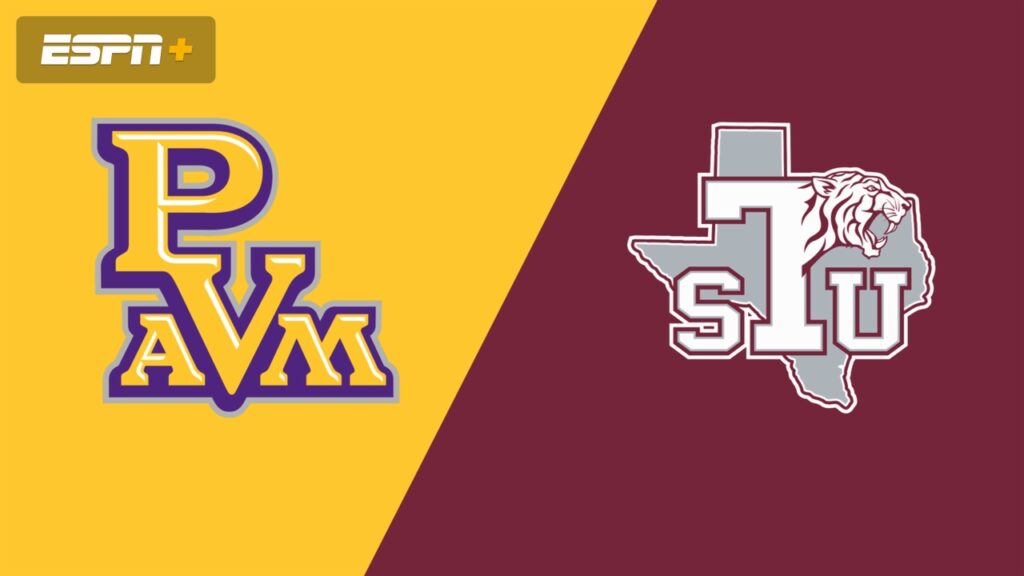
Week 1: Prairie View A&M vs. Texas Southern (August 30, 2025 – Labor Day Classic)
The Labor Day Classic kicks off the season with Prairie View A&M facing Texas Southern in Houston, TX, drawing 12,000–18,000 fans. This rivalry game, rich with band performances and tailgates, aligns with Newton’s vision, offering a Texas-sized stage. It suggests a 900,000–1.3 million viewership potential, making it an ideal opener.
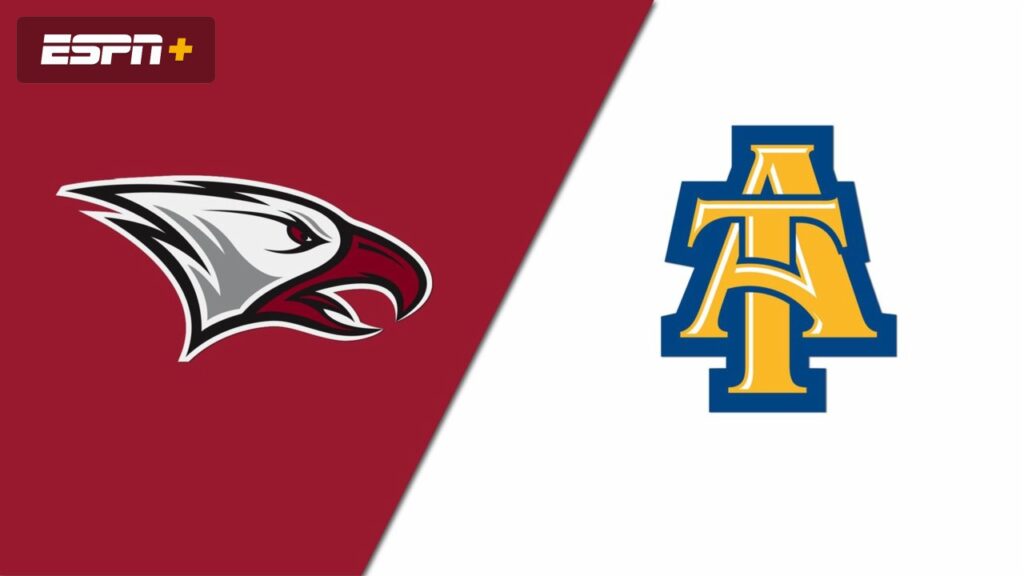
Week 4: North Carolina Central vs. North Carolina A&T (September 20, 2025)
This MEAC clash, the “Battle of the Carolinas,” features two storied programs with vibrant student sections. Held in Durham, it attracts 10,000–15,000 fans, ideal for Newton’s student engagement focus. The “sixth man” crowd and band battles provide unique angles, with a projected 800,000–1.2 million viewers. Twitter/X buzz, like “NCCU vs A&T is must-see” (@MEACFans), supports its fit.
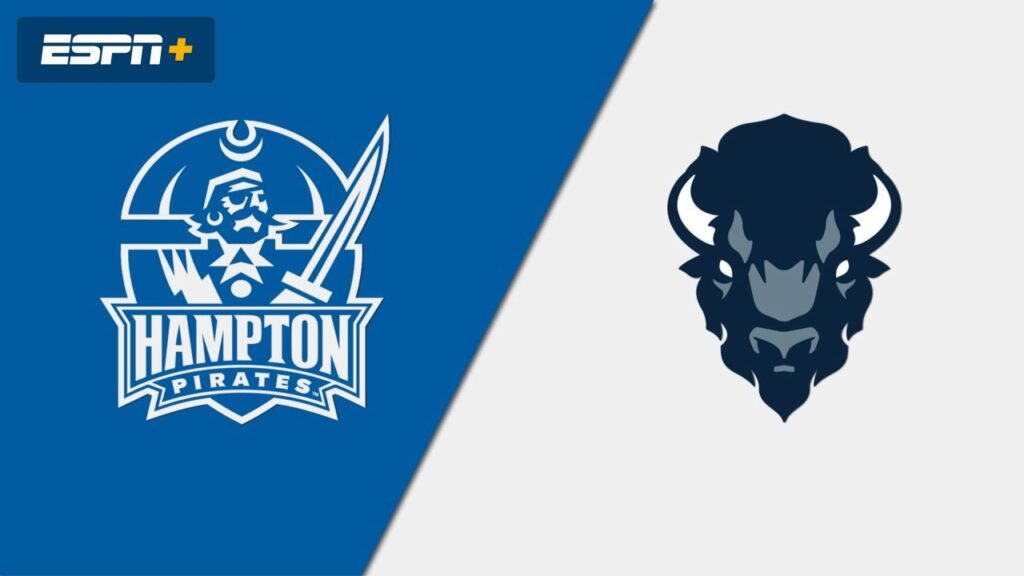
Week 4 Alternate: Hampton vs. Howard (September 21, 2025)
The Truth and Service Classic, historically in mid-to-late September, attracts 8,000–12,000 fans, offering rich tailgate and cultural content, per 2024’s 27-20 game. Twitter/X buzz, like “NCCU vs A&T is must-see” (@MEACFans) and “Hampton vs Howard classic” (@HBCUHistory), supports a combined 1.5–2 million viewership.
Week 6: Savannah State vs. South Carolina State (October 4, 2025)
This MEAC rivalry pits Savannah State against South Carolina State, drawing 8,000–12,000 fans in early October. The game’s competitive history, with South Carolina State’s 21-17 win on October 19, 2024, and vibrant band performances, offers compelling content, with a 700,000–1 million viewership potential. This game aligns with Newton’s cultural focus.
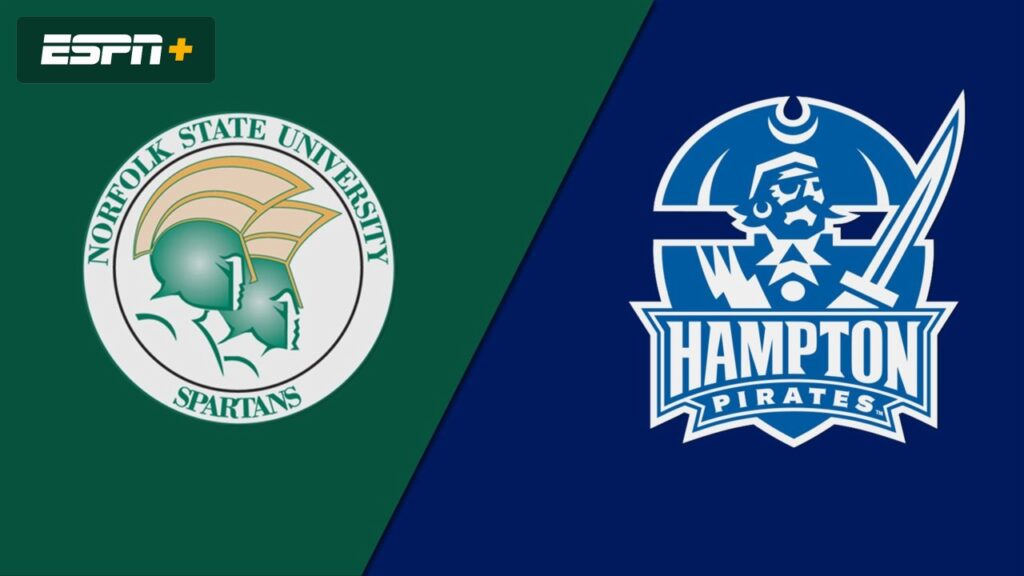
Week 7: Norfolk State vs. Hampton (October 11, 2025)
This MEAC showdown features Norfolk State, led by new head coach Michael Vick—hired in December 2024 and bringing his NFL stardom to the sidelines—against Hampton, drawing 10,000–15,000 fans. Vick’s leadership, paired with the 28-26-1 series rivalry, adds intrigue, with band battles and tailgates boosting appeal. It suggests a 900,000–1.2 million viewership potential.
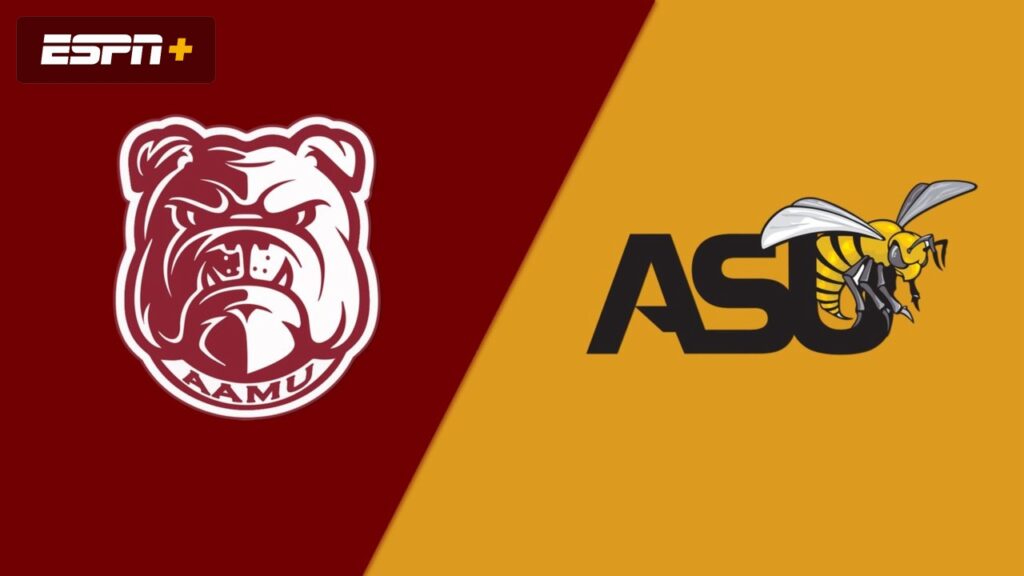
Week 8: Alabama A&M vs. Alabama State (October 25, 2025)
This SWAC matchup features Alabama A&M against Alabama State, drawing 8,000–12,000 fans in a heated rivalry. Held in late October, the game’s band performances and tailgate culture provide dynamic content, with a 700,000–1 million viewership potential. Twitter/X interest, like “AAMU vs Alabama State vibes” (@SWACFans), aligns with Newton’s vision.
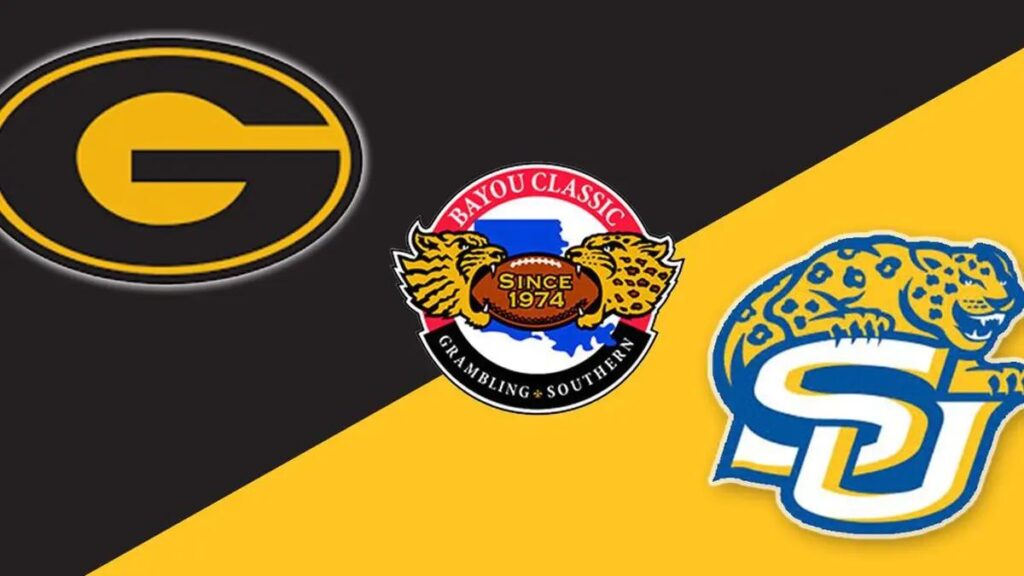
Week 10: Southern vs. Grambling State (November 1, 2025)
The Bayou Classic, a Thanksgiving weekend staple in New Orleans, draws 50,000–60,000 fans, the largest HBCU audience. The Human Jukebox and Grambling’s band create a spectacle, with tailgates rivaling Mardi Gras. Newton’s energy could attract 2–3 million viewers, with Twitter/X excitement via “Bayou Classic on HBCU GameDay” (@SWACNation). This could be the season’s pinnacle.
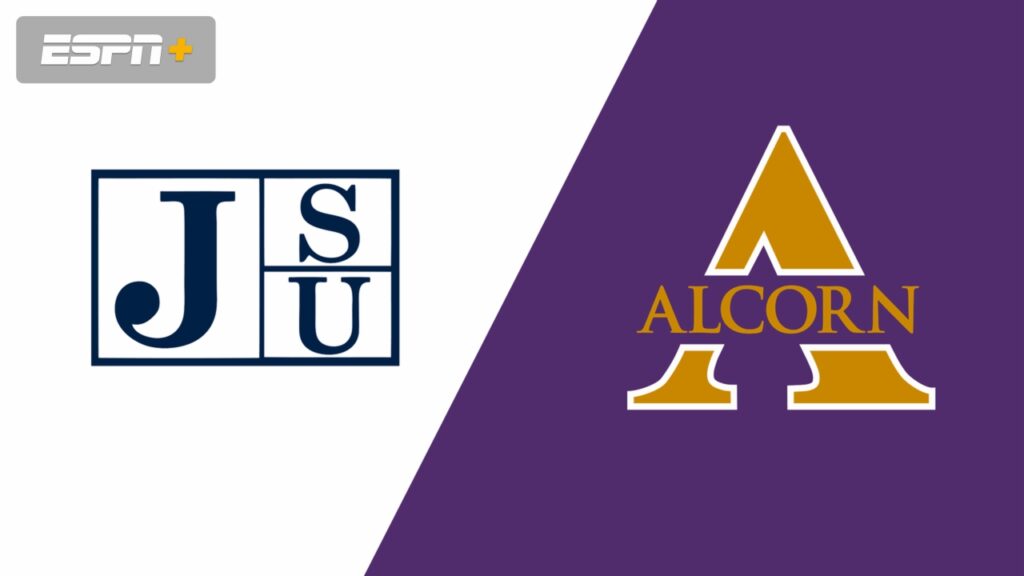
Week 12: Jackson State vs. Alcorn State (November 15, 2025)
This SWAC rivalry, held in mid-November, pits Jackson State against Alcorn State, drawing 10,000–15,000 fans. The game’s band battles and tailgate energy offer compelling content, with a 900,000–1.2 million viewership potential. Twitter/X hype, like “JSU vs Alcorn is electric” (@SWACNation), makes it a strong season closer.
Strategic Scheduling
These matchups, spanning August to November, cover SWAC, MEAC, and SIAC conferences, maximizing geographic and cultural diversity. Scheduling one per month, with a $500,000–$1 million travel budget, ensures quality production. Newton’s willingness to cover overhead could reduce costs, making these viable launches.
📌 The Distinct Athlete Angle
The Cam Newton HBCU GameDay would have costs of $13–$17 million initially but promises $15–$20 million revenue by year three. Its cultural celebration, Newton’s star power, and 2025 matchups like Bayou Classic could redefine coverage, though financial risks and competition loom. This venture could net $8–$13 million annually.
Conclusion
As of 11:45 AM CDT on July 26, 2025, Cam Newton’s HBCU GameDay idea, unveiled on 4th&1, offers a transformative vision for college football. The $13–$17 million startup cost, driven by production and travel, is offset by $15–$20 million in potential revenue from ads, merchandise, and streaming. Its celebration of HBCU culture, Newton’s charisma, and matchups like Jackson State vs. Florida A&M or the Bayou Classic could draw 2–3 million viewers. Objections about financial risk and competition are valid, but the cultural and economic upside—boosting HBCU visibility and player NIL—outweighs them. This initiative could redefine sports media, pending execution.
Related Reads on Distinct Athlete
- INSIDE THE VALUE OF TOP COLLEGE FOOTBALL PROGRAMS
- BILL BELICHICK ELEVATES UNC’S FOOTBALL FUTURE AND FINANCES
- UCLA’S NICO IAMALEAVA AND THE NIL ERA’S GROWING PAINS
Join the Conversation
Support Cam Newton’s HBCU GameDay? Share on Instagram, Facebook, and X @DistinctAthlete.

